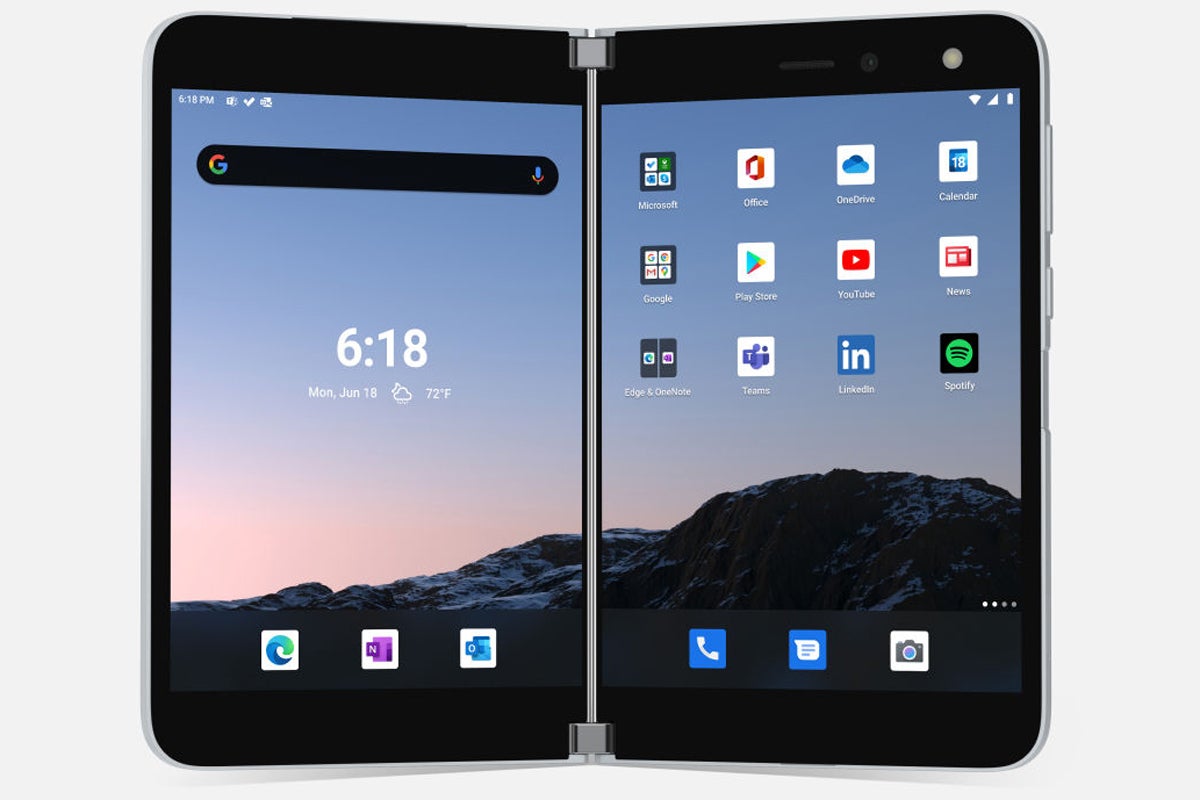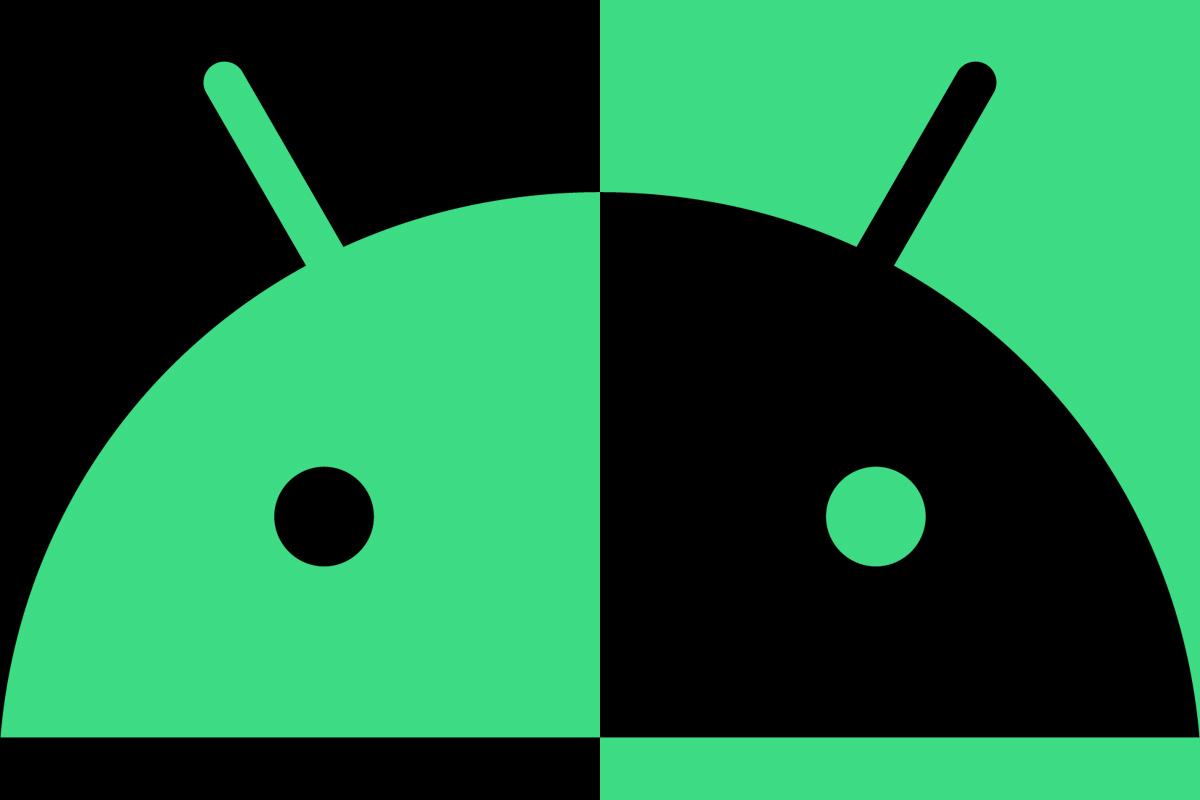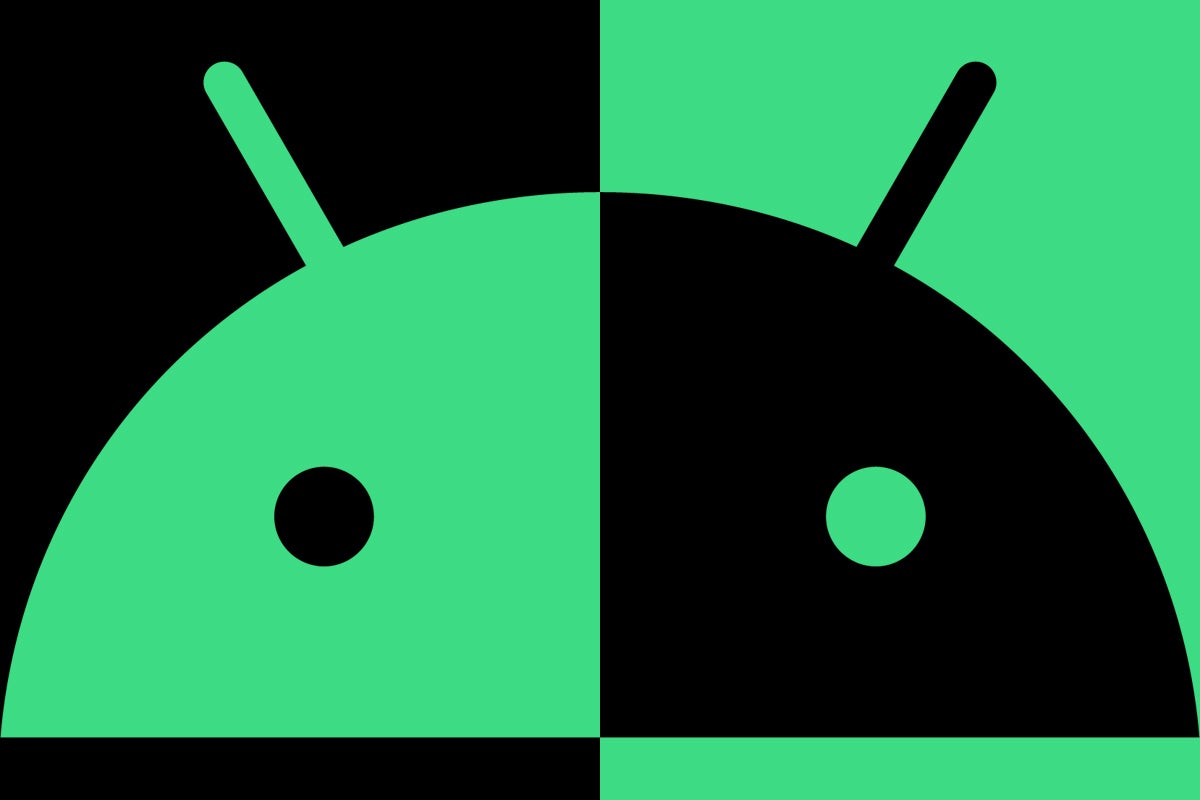To say this year’s Android upgrade performance has been a letdown would be one heck of an understatement.
Sure, you could point out the widely cited stats showing that Android 11’s adoption is the best of any recent Android version in terms of how many phones are running the software as of this six-month mark. And sure, that’s certainly something.
But you know what? That’s a pretty frickin’ low bar to set. When we’re talking about a major new Android release — software that’s filled with important privacy- and security-related enhancements that affect how both Android itself and third-party apps are allowed to interact with your data — merely having a fifth of all Android phones running the thing half a year after its release isn’t exactly a win worth celebrating.
My data-driven Android 11 Upgrade Report Card says it all. Using the same standard formula I’ve relied on to grade Android device-makers for nearly a decade now (related: I am 700 years old), I found that outside of Google, every major U.S. flagship phone-maker did enough to earn only a D-level or flat-out failing grade with its Android 11 upgrade deliveries. The second-place score in this year’s ranking was a measly 68% D+. And things only get worse from there.
Even so, what’s listed in that latest Report Card isn’t the biggest disappointment of all. Yes, everyone outside of Google can and should do better at getting current software out to their highest-paying customers in a reasonably timely manner — but quite frankly, at this point, most of those letdowns are more or less expected.
The biggest disappointment is actually something that’s just a tiny asterisk in the sea of Android — something not even significant enough to earn a place in that Upgrade Report Card analysis. But it’s something that had represented a tiny glimmer of promise in the bigger Android picture and something I had hoped would be a shining highlight of this conversation.
I’m talking about the way Microsoft — yes, Microsoft! — is handling software support on its first and thus-far-only self-made Android product, the pricey and unusual Microsoft Surface Duo.
The Surface Duo?! Who cares — right? Believe me, I get it. Microsoft’s inaugural Android hardware effort hasn’t exactly been a home run or a phone that’s made anything more than a pebble-sized splash in the greater Android ocean. But as I’ve said from the start, the story of the Duo is less about the admittedly imperfect specifics of this single initial product and more about the broader view of what it could show us about Microsoft’s mobile ambitions — what it could lead to, in other words, with future generations of devices.
 Microsoft
MicrosoftThe Surface Duo: intriguing, unusual, and outdated.
And part of what I was really hoping to see revealed — something I called the most interesting Android question of 2020, in fact — was whether Microsoft could manage to shake up the sad state of Android upgrades.
It’s not such a crazy notion to consider. Think about it: Outside of Google, most other Android device-makers have absolutely no motivation to make timely and ongoing post-sales software support a priority — so really, it’s no surprise that we see the sorts of halfhearted, tortoise-paced efforts that we do with Android upgrade delivery. Companies like Samsung and Motorola make their money mostly by hawking hardware. Software updates require time and resources, and the companies doing all that legwork don’t get anything tangible back in return. If anything, frequent updates actually work against most phone-makers’ interests, as they make you less likely to feel the need to go out and buy a shiny new device.
Traditionally within Android, Google has been the sole exception to that rule — since Google’s motivated to keep you using your phone (and thus the internet and its services) as much as possible and with as pleasant of an experience as it can muster up. Even if you don’t buy new phones all that often, after all, Google still benefits from having you online, engaged, and ecstatic about your Android setup.
Microsoft, interestingly enough, is fairly similar. Just like with Google, hardware sales aren’t the primary focus of that company’s business. Instead, it relies mostly on platforms, software, and services to make its money. The hardware is mostly just a way to bring you further into the Microsoft ecosystem — an ecosystem Microsoft has worked painstakingly to build up within Android.
To quote the wise words of the most handsome and humble writer I know:
Microsoft is in a pretty unique position as the sole company outside of Google for which device sales alone are not the primary goal or motivation — and for which providing long-term software updates has some real tangible benefits. Not only that, but Microsoft is about the only Android-involved company other than Google with experience at providing timely software updates on a large scale — and a history of prioritizing that.
The Surface Duo, despite its relative insignificance within the Android landscape and within my Report Card at this point, was the first test of how Microsoft might fare in that department. And what’s happened?
Well, I’ll tell ya, Tito: nada. Precisely bupkis. Microsoft hasn’t done a damn thing to show any signs of taking operating system upgrades seriously on its first Android device. Six months past the launch of Android 11, the Duo is sitting on increasingly stale, now 18-months-old and out-of-date software. For a company that makes a point of updating its own Windows operating system every seven to 14 seconds — and a company that most certainly knows the value of maintaining current, optimally up-to-date software, particularly when it comes to business situations — that’s not only disappointing; it’s pathetic.
Worse yet, Microsoft hasn’t made a peep, officially, about what’s going on and if and when the Duo could see Android 11. Unofficially, rumors suggest the phone could get the update — which, mind you, was released in early September of 2020 — sometime “this summer.”
Depending on when exactly that ends up happening, that’d make the upgrade anywhere from nine to a whopping 12 months late. By August or September (both which are still part of summer), we’ll be well on our way to seeing the next Android version, Android 12, out in the wild. And Microsoft’s self-made product might just be getting the previous, already on-the-brink-of-being-outdated release.
That’d be unacceptable for any Android phone — even an inexpensive one. For a phone that folks forked out $1,400 for, it’s bordering on insulting. And for a phone that comes from a company with Microsoft’s history, capabilities, business focus, and experience delivering timely and reliable software updates, it’s almost embarrassingly pitiful.
I’d like to think Microsoft could still redeem itself and turn things around with future Duo generations, but Goog almighty, it’s got an awful lot of improving to accomplish. I don’t know that any other company in this arena has come in with so much promise and then fallen so quickly to such a staggering level of disappointment.
So come on, Microsoft: Try to exert at least a teensy bit of effort with this, would ya? Even your old pal Clippy’s gotta be hangin’ his pretty little paperclip head in shame right now.
Sign up for my weekly newsletter to get more practical tips, personal recommendations, and plain-English perspective on the news that matters.




